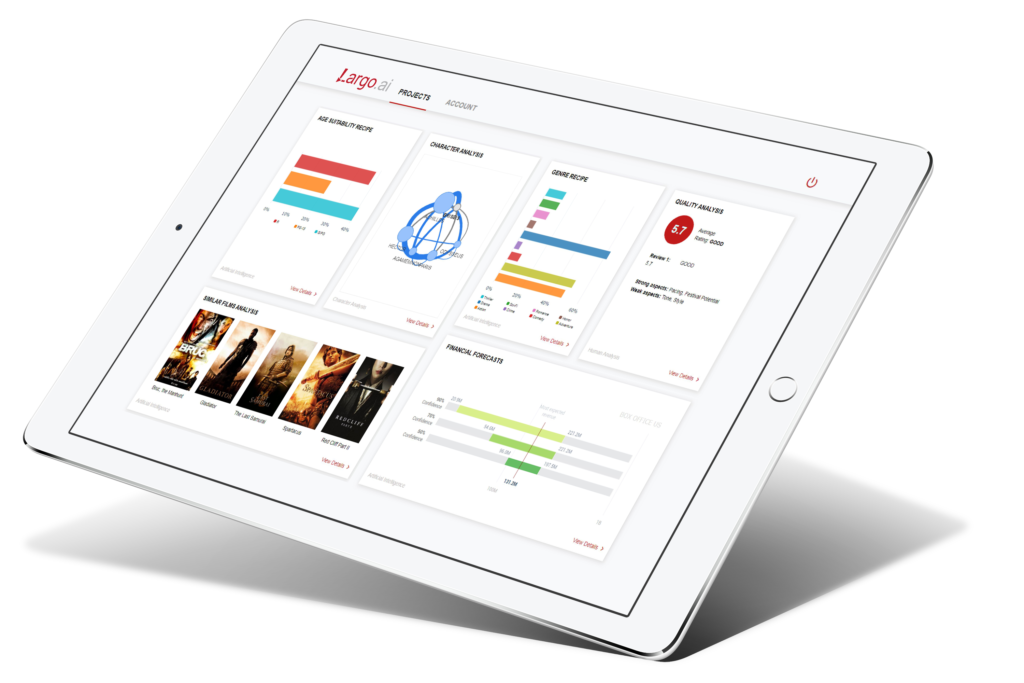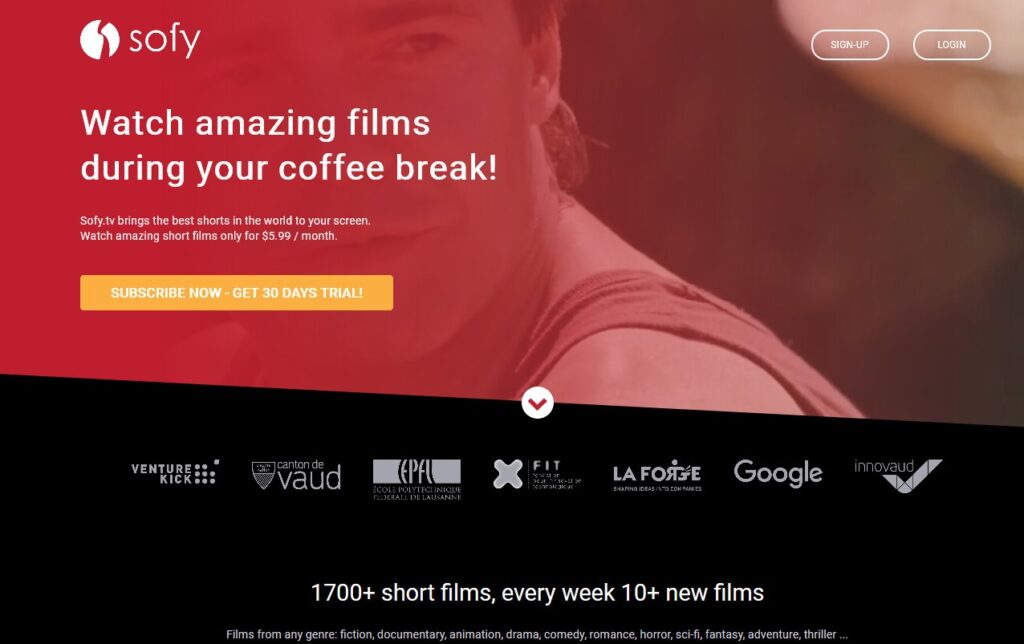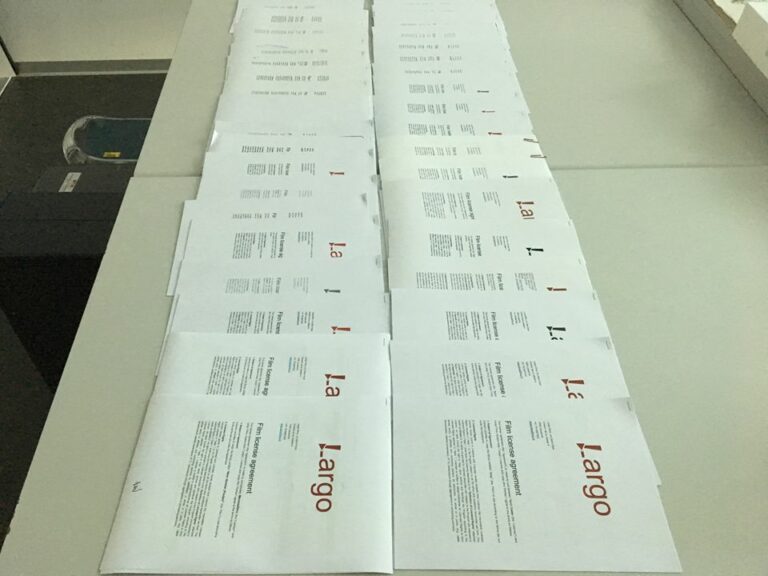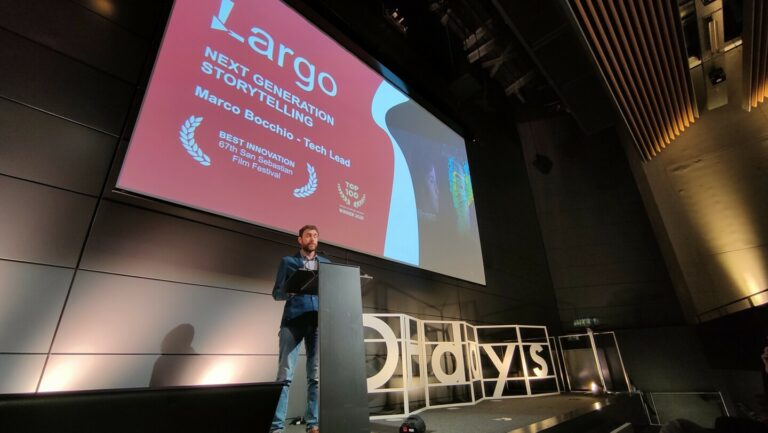The world of technology moves fast. Within technology, the field of artificial intelligence is moving the fastest of all. Since AI systems do much of the learning themselves, the reason why artificial intelligence technologies are developing so rapidly is obvious.
Despite being a relatively new application of artificial intelligence systems, AI-assisted moviemaking has already been able to achieve some big successes.
The accuracy of tools such as ‘Gross earning predictions’, for example, has already seen several Hollywood studios, including Sony Pictures, engaging the services of AI-assisted filmmaking companies to help them improve their movie production processes.
This adoption of AI solutions has resulted in an influx in investment capital into AI-assisted moviemaking companies, which has, in turn, led to a speeding up in the development of their AI systems. In the last year or so, we have seen the top AI-assisted moviemaking companies launch a range of new tools that include SaaS platforms, etc., all of which have dramatically boosted the tools that filmmakers have at their disposal when producing new movies.

Given that AI systems are now finding their footing in the moviemaking process, what new developments can we expect to see in the short-term future that will further enhance filmmakers’ ability to improve their films?
Powering a Better Future
When it comes to improving the accuracy of their results, the profound strength of AI systems is that they do much of the work themselves. While human specialists design and execute the training methodologies that guide how these systems learn, it is the systems themselves that build on these basics and learn how to accurately interpret the huge amounts of data that they are processing.
Given that these systems only get better the more data they are given and the more they are used, they are constantly improving. This means that they become more and more accurate in the predictions that they make and are subsequently more successful at their job. With this ever-increasing accuracy comes a better and better reputation in the real world that has the effect of increasing their usage, which again serves to make them even more accurate.
This cycle ensures that users of AI filmmaking tools can expect to see a significant improvement in the results that they receive as time goes on. Naturally, this is music to the ears of filmmakers everywhere.
Enhanced breakdowns
Another welcome development in AI moviemaking tools will be enhanced results readouts.
At the current time, results readouts provided by AI-assisted moviemaking SaaS platforms tend to be graph or pie chart-based, meaning that their interpretation is not an exact science.
To circumnavigate the inexperience of filmmakers who are new to this technology, several of the leading AI-assisted filmmaking companies assign an in-house data scientist to each analysis so that the filmmakers can contact them for help interpreting the meaning of the data.
In the near future, AI-assisted filmmaking companies will offer enhanced automated result readouts that give filmmakers a clearer understanding of the significance of the results.
Rather than relying solely on a pictorial graph-based movie genre breakdown of their film, as they must at the current time, filmmakers will be provided with layered data readouts that are enhanced with pop-ups, interactive graphics, and even audio explanations of the specific data that they are trying to interpret.
So, for example, a filmmaker might see that there is an unexpected element of thriller in a scene which they had regarded to be purely drama and romantic in its construction. Naturally, they might not fully understand why this is or what the effect of altering the scene might then be.
With future AI-assisted SaaS platforms, they will be able to firstly access breakdowns of key data points that will allow them to understand why the system has made this interpretation. These could be anything from a character’s actions, dialogue, or even their dress, to the music score, etc., and would serve to help the filmmaker understand the results in far better depth.
Once they understand this, they will then be able to access further tools or recommendations that allow them to see how they can alter the scene to bring it in line with their intentions. To empower the filmmaker even further, AI platforms will offer detailed recommendations or options to help filmmakers understand the potential or drawback of any changes.
Such features will likely allow filmmakers to interactively adjust genre levels, for example, to see how this affects the overall scene and other elements such as audience emotion or box office gross, etc. This will mean that filmmakers will have a much better understanding of the overall effect of any perspective changes.
Indeed, changes might also be recommended by the system itself to help filmmakers save time.
An obvious example of how this could work can be seen with the current movie recommendation tools offered by video-on-demand platforms such as Amazon or Sofy.tv. Modeled on these systems, future AI-assisted moviemaking platforms could provide a series of recommendations to a filmmaker based on past choice data, either from the filmmaker themselves (provided they have used the system sufficiently in the past for there to be enough data) or from other filmmakers who made a similar movie in the past. The filmmaker would thereby benefit from accessing a variety of options without having to make any real-world and costly changes.

Editing is one example where such a recommendation system would be extremely useful. The system could provide a series of recommendations as to how alternate editing approaches for any given scene would affect the film as a whole in terms of the audience response, mood, etc. This single application of AI to the filmmaking process could save enormous amounts of time and money while allowing editors to improve their first cuts to the point that they needed very little further alterations, etc.
Over the next few years, improvements in AI user interfaces and their result breakdowns are going to be the most noticeable and have the most positive user-side effects on filmmakers using AI.
More analysis options
The other major advancement that users of assisted moviemaking solutions will notice in the coming few years is an expansion in the range of analysis options that they have access to.
At the current time, the top AI-assisted moviemaking SaaS services offer analysis options that include genre recipe, age suitability, character analysis, gross predictions, and similar film analysis.
Over the next few years, this list of services will expand to include such things as soundtrack analysis, audience mood results, results by geographical region, and interactive charts that show the effects of changing elements of scenes such as changing actors, etc.
With such tools, filmmakers will be able to see the effect of, for example, changing a song for a scene at the click of a button rather than having to alter the whole scene manually and uploading it as another version for the AI system to analyze. This will help to answer questions such as what the effect would be on an audience to replace the original 60s soundtrack to Easy Rider (1969) with one made up of Hip-hop songs, for example.
In the next few years, AI systems are going to be increasingly able to quickly and conveniently answer questions like these, resulting in reduced production times and budgets while ensuring a better quality of films. While we might have to wait a little longer for these tools, it is certain that it won’t be long before they arrive.
The world of technology moves fast. Within technology, the field of artificial intelligence is moving the fastest of all. Since AI systems do much of the learning themselves, the reason why artificial intelligence technologies are developing so rapidly is obvious.





